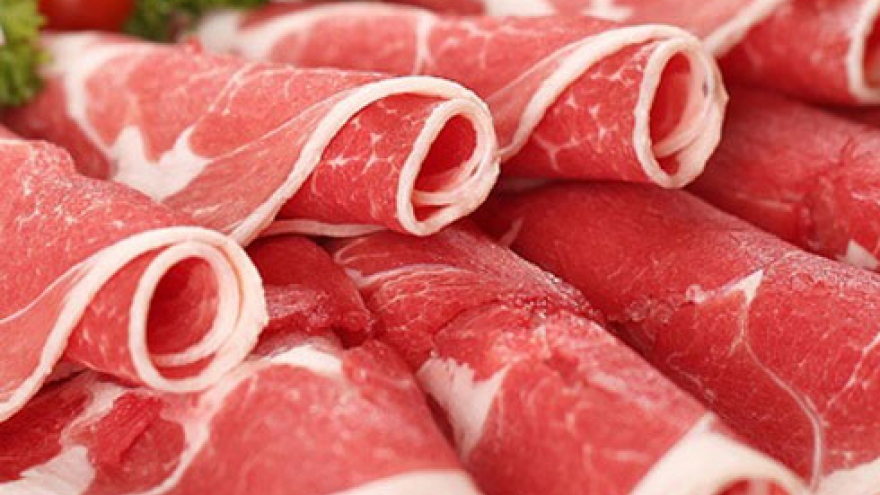EU meat cows local markets
Vietnam’s meat market is expected to be hit by the entry of many more European products following the enforcement of the European Union-Vietnam Free Trade Agreement in early 2018.
Under the agreement’s (EVFTA) commitments, Vietnam will have to open its market up to a wide range of EU primary and processed meat products, allowing EU high-quality exports to reach the growing middle class consumer base in Vietnam.
The EVFTA, due to be ratified later this year, is expected to scrap over 99% of import tariffs imposed by both Vietnam and the EU, as well as completely erase non-tariff trade barriers.
According to the Ministry of Agriculture and Rural Development (MARD), Vietnam’s livestock and meat sectors will be remarkably affected by the EVFTA.
“What I am concerned about the most is the local livestock and meat sectors-home to eight million farming households that are conducting backward small-scale livestock production, with low competitiveness,” said Minister of the MARD Cao Duc Phat.
Vietnam Animal Husbandry Association’s chairman Nguyen Dang Vang said that there had been a significant rise in imported meat and livestock from the EU over the past few years, despite high import tariffs.
 |
According to the European Livestock and Meat Trades Union, while Vietnam typically maintains a high rate of self-sufficiency in pork production, the EU exported 342 million euros (US$379 million) worth of livestock and products to Vietnam in 2014.
This figure rose from 279 million euros (US$309.3 million) in 2013, 235 million euros (US$260.5 million) in 2011, and only 158 million euros (US$175 million) in 2010.
According to the US Meat Export Federation, EU pork exports to Vietnam saw an on-year increase of more than 400% in both volume and value in 2014.
Statistics from the MARD’s Livestock Production Department show that Vietnam spent over US$133 million importing live animals and chicken meat, not including beef, in 2015.
Le Ba Lich, chairman of Vietnam Animal Feed Association, also noted that Vietnam’s husbandry sector was currently facing major problems including a preponderance of small-scale farms, dependence on imported breeds, diseased, environmental problems, low sanitary/phytosanitary standards, and weak linkages.
“These have resulted in low quality, low productivity and competitiveness, and a disadvantage in trade,” Lich said. “Meanwhile, you can see an expansion of imported meat nationwide now.”
Last May, the Vietnam government allowed 23 French firms to export boneless beef under 30 months old to Vietnam, after an 18-year ban on imports of this product into the Southeast Asian market.

